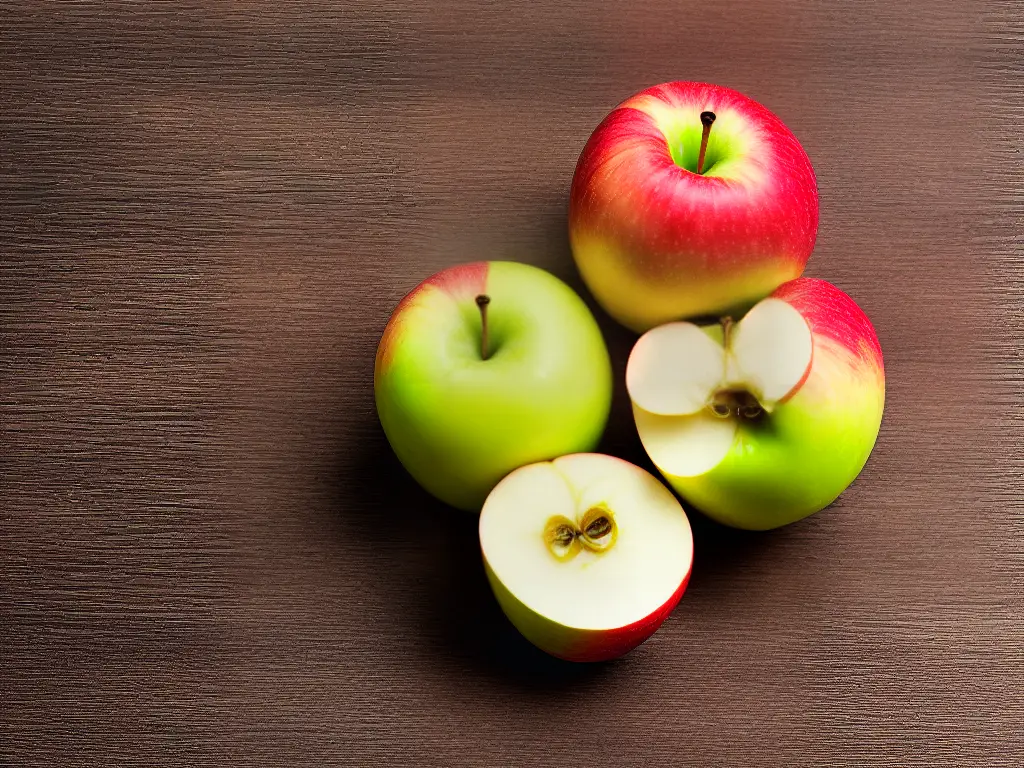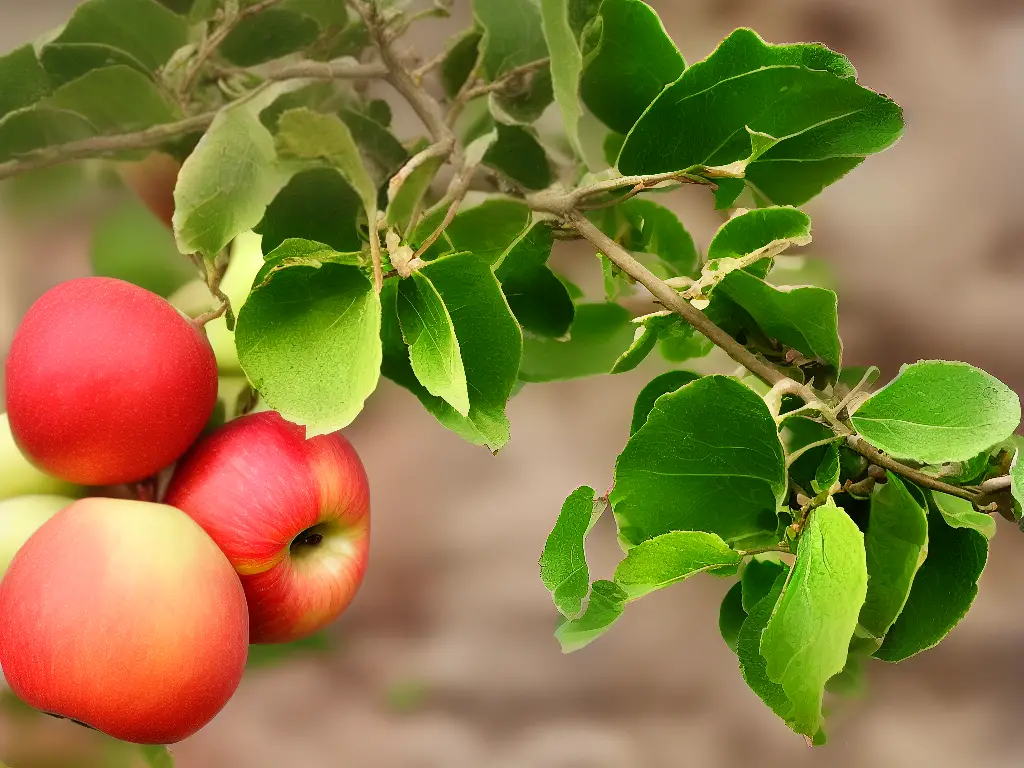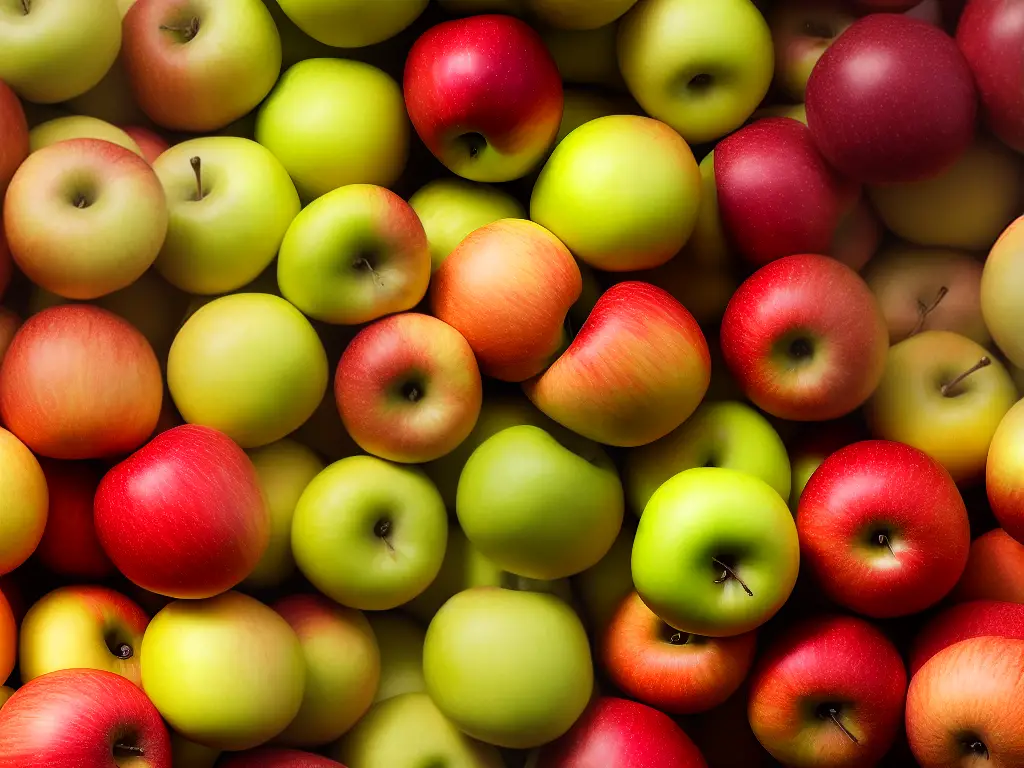From the crisp, juicy bite of a fresh apple to the delicious aroma of apple pie baking in the oven, apples are a versatile and beloved fruit. However, many may not be aware of the fascinating botanical classification, anatomy, and life cycle of the apple tree and how this scrumptious fruit fits into the broader plant kingdom. This exploration into the world of apples delves into their classification, various types, ideal growing conditions, uses, and the numerous health benefits they provide.
Botanical Classification
To understand whether apples are fruits, it is essential to dive into the basics of plant classification and terminology used to identify different plant groups. Plant classification is a system used by botanists to organize and group plants based on their shared characteristics, enabling easier identification and study of the plant world. The most commonly used plant classification system is the botanical hierarchy, consisting of several levels starting with the broadest group or kingdom, and becoming increasingly specific down to the individual species level.
Apples belong to the Rosaceae family, which is a large and diverse group of flowering plants that are distributed throughout the Northern Hemisphere. This family includes not only apples but also several other economically important fruit crops, such as plums, cherries, peaches, and strawberries. The classification of apple plants goes further into specifics as they are part of the genus Malus and the species Malus domestica. There are many different varieties and cultivars of apples, each with distinct characteristics, such as taste, texture, and color.
To determine whether apples are fruits, it is crucial to understand the botanical definition of fruit. In botanical terms, a fruit is the mature ovary of a flowering plant that contains the seeds, developed from the ovary after fertilization of the ovules. The primary function of a fruit is to protect and disperse the seeds, which in turn ensures the reproduction and continuation of the plant species. Fruits can be simple, aggregate, or multiple, depending on the number of ovaries and flowers involved in their development.
Apples fall under the category of simple fruits, specifically pome fruits. These are fleshy fruits that develop from a single ovary and have multiple seeds encased in a core that is surrounded by a layer called the endocarp. Other examples of pome fruits include pears and quinces. The fleshy part of the apple that is consumed is derived mainly from the receptacle or the base of the flower, which expands and becomes succulent as the fruit matures.
Apples are widely regarded as fruits due to their particular anatomy, which consists of various parts such as the skin, flesh, core, and seeds. Each part plays a crucial role in the development and structure of an apple, contributing to its classification as a fruit. It is essential to understand the different parts of an apple and their respective functions to gain a comprehensive knowledge of this popular fruit.

Anatomy of an Apple
In light of this, apples indeed belong to the fruit category, based on their botanical classification and the development of the fruit from the flowering plant’s mature ovary. Their place within the Rosaceae family, as well as their status as a pome fruit, aligns with the botanical definition of fruit, which emphasizes the role of protecting and dispersing seeds for reproduction. Understanding the classification and terminology used to describe apples within the plant kingdom further reinforces their classification as fruits.
The outermost layer of an apple is called the skin, which serves as a protective barrier against external factors, such as insects, diseases, and environmental damage. The skin’s color varies depending on the apple variety, ranging from deep reds to bright greens to golden hues. In addition to protecting the inner parts of the apple, the skin also contains essential nutrients, including antioxidants and dietary fiber.
Underneath the skin lies the flesh or pulp of an apple, which is predominantly made up of water and carbohydrates. This fleshy part is responsible for the apple’s sweet or tart taste, depending on the variety. The flesh stores the nutrients required for the apple’s growth, and it is also where the energy gets stored in the form of sugars. The high water content gives the apple its juicy texture, making it a refreshing and tasty snack.
At the center of an apple is the core, which houses the seeds and is typically inedible due to its tough and fibrous nature. The core contains a protective structure called the seed cavity, which safeguards the seeds – the next generation of apple trees. The seeds themselves contain a small amount of cyanide, making them toxic for human consumption in large quantities. However, accidentally ingesting a few seeds is generally not harmful.
The seeds within the apple play a vital role in the reproductive process of the apple tree. When an apple falls to the ground or gets consumed by an animal, the seeds might get dispersed and may find suitable soil to germinate and grow into a new tree. This process contributes to the apple’s classification as a fruit, as fruits are the mature ovary of a flowering plant responsible for holding and protecting the seeds required for reproduction.
Apples are indeed fruits that contain essential nutrients such as vitamins, minerals, and dietary fiber, which contribute to their health benefits. These nutrients are distributed in varying concentrations throughout the different parts of the apple, emphasizing the importance of consuming the skin, flesh, and core (excluding the seeds) as part of a balanced diet. Through comprehending the anatomy of an apple and how each part plays a role in its development and growth, we can appreciate the intricate design of this ubiquitous and delicious fruit.

Types of Apples
Speaking of apples as fruits, there are over 7,500 known varieties cultivated globally, each with its unique set of characteristics such as flavor, texture, color, and nutritional content. This incredible diversity makes apples a versatile fruit that can be used in a variety of culinary dishes and enjoyed in different forms, such as fresh, dried, sauced, baked, or juiced. As apples continue to rise in popularity, it is essential to understand the remarkable journey these fruits undergo from their life cycle on the tree to the diverse ways they can be consumed and enjoyed by people around the world.
While all apples are united by their membership in the fruit category, the various types set them apart from one another in taste and appearance. Some of the most widely recognized apple varieties include the Red Delicious, the Gala, the Granny Smith, and the Fuji. Each of these apples has its own distinct flavor and texture profile.
- Red Delicious apples are known for their somewhat mild, sweet taste and slightly crunchy texture
- Granny Smith apples are famous for their tart, tangy flavor and firm crunch
- Fuji apples have a juicy sweetness combined with a crisp snap
- Gala apples offer a delicate balance of sweetness and acidity with a softer bite.
In addition to widely recognized varieties, there are many lesser-known apples that can offer a unique tasting experience. For example, the Honeycrisp, known for its incredible juicy sweetness and satisfying crunch, has become increasingly popular in recent years. Meanwhile, the Braeburn apple provides a flavorful balance between sweet and tart with its firm texture, making it ideal for baking and cooking purposes. Exploring these lesser-known apple varieties can not only expand one’s palate but also provide a greater appreciation for the diversity found within the apple family.
Apples are not only distinguished by their flavor and texture profiles but also by their colors and visual characteristics. The gradients of apples’ colors range from bright green to deep red and even combinations of these colors in various patterns and shades. These distinct visual traits not only make apples an aesthetically pleasing fruit but also help to identify different types of apples at a glance.
Apples are indeed fruits, and they are widely cultivated across the globe due to their popularity and versatility in many culinary dishes. To achieve optimal growth, apple trees require specific climatic and soil conditions. In general, apple trees thrive in temperate climates with cold winters and moderate summers, as these conditions are conducive to their growth and yield. Apple trees need a period of exposure to cold temperatures, called chill hours, to break dormancy and ensure proper flowering and fruiting.

In conclusion, the nutritional profile of apples attests to their status as a super fruit. With their wealth of essential nutrients, antioxidants, and beneficial properties, apples have earned their place as a vital component of a healthy and balanced diet. Including apples as a regular part of your diet can significantly contribute to your overall health and wellness while satisfying your taste buds with their delicious flavors.
As we have seen, apples are not only an undeniably delicious fruit enjoyed by many but are also part of an intricate botanical system with a fascinating life cycle and a diverse range of types, flavors, and uses. The Global distribution of apple trees is influenced by ideal growing conditions, and the numerous health benefits of apples only serve to make them even more appealing as a dietary staple. Armed with this newfound knowledge and appreciation for apples, it’s no wonder the old adage states, ‘An apple a day keeps the doctor away.’